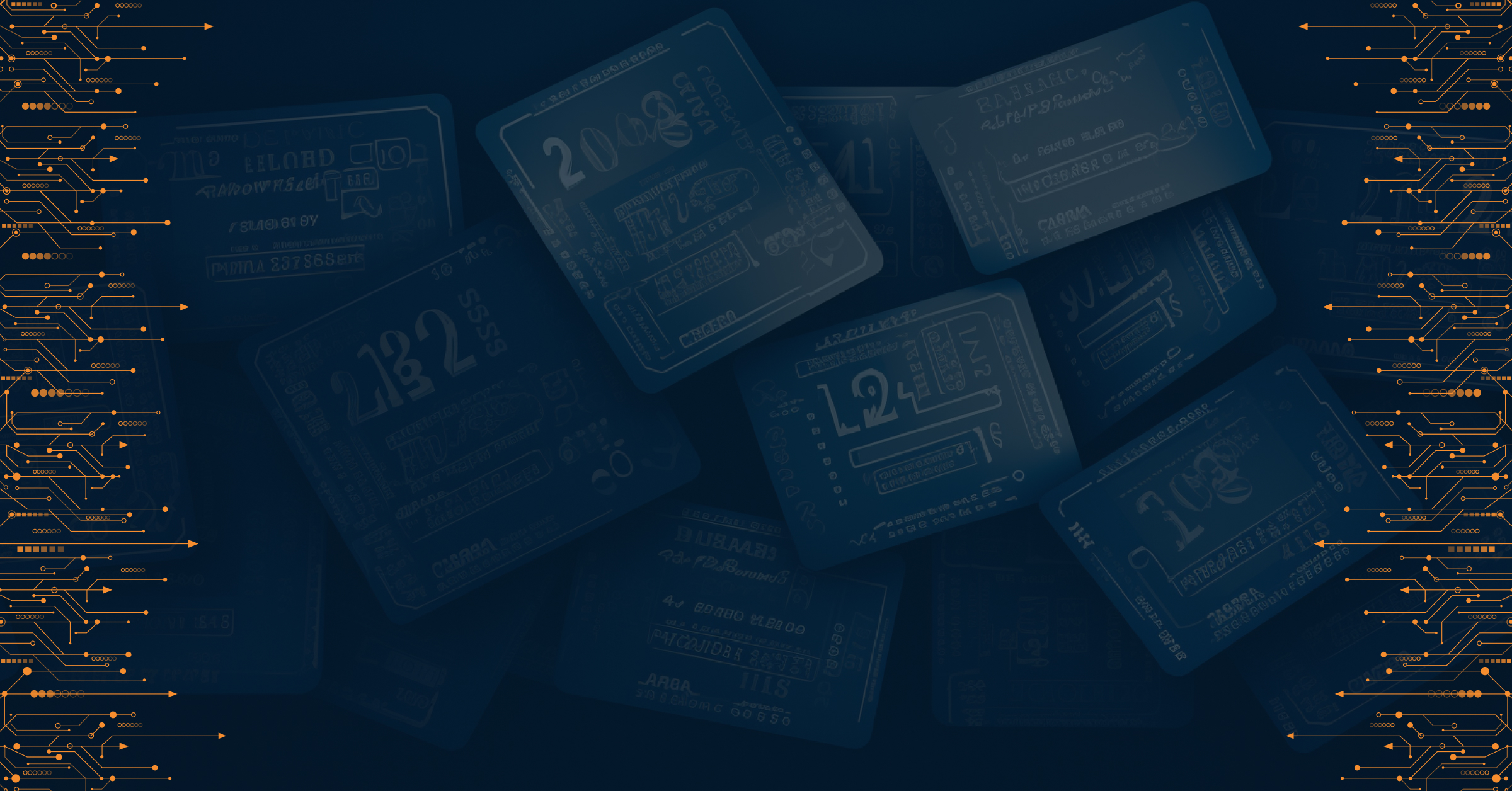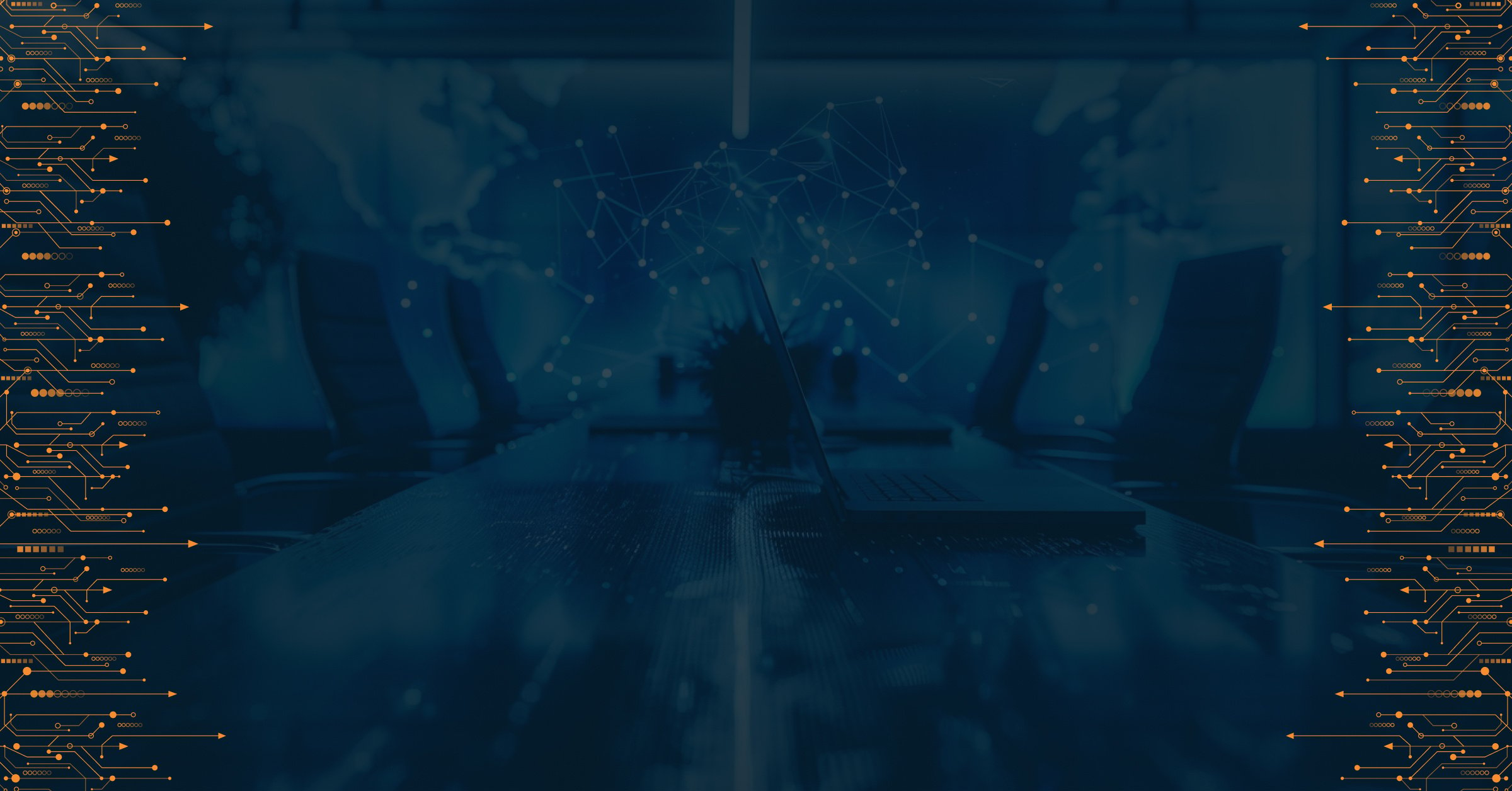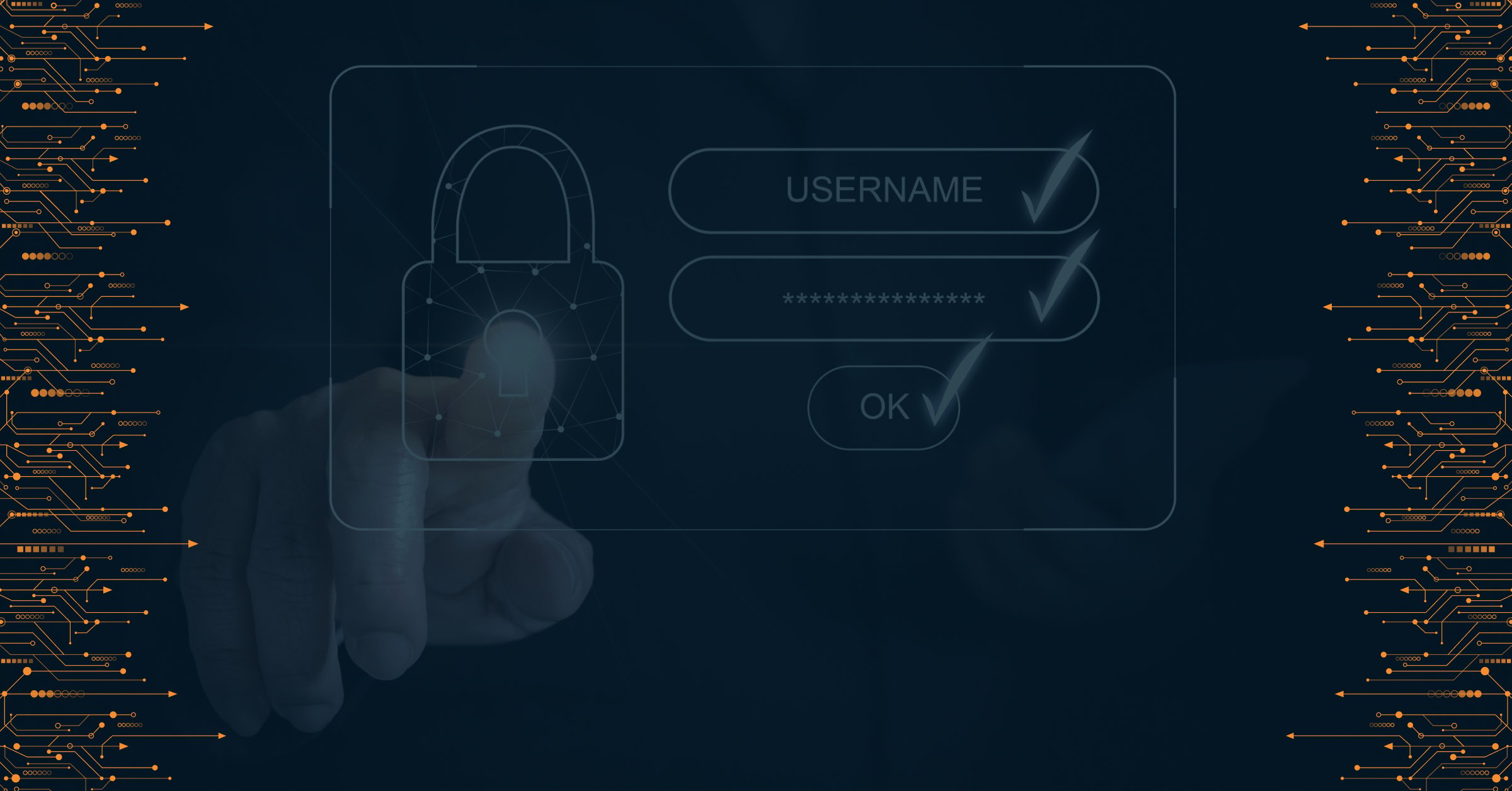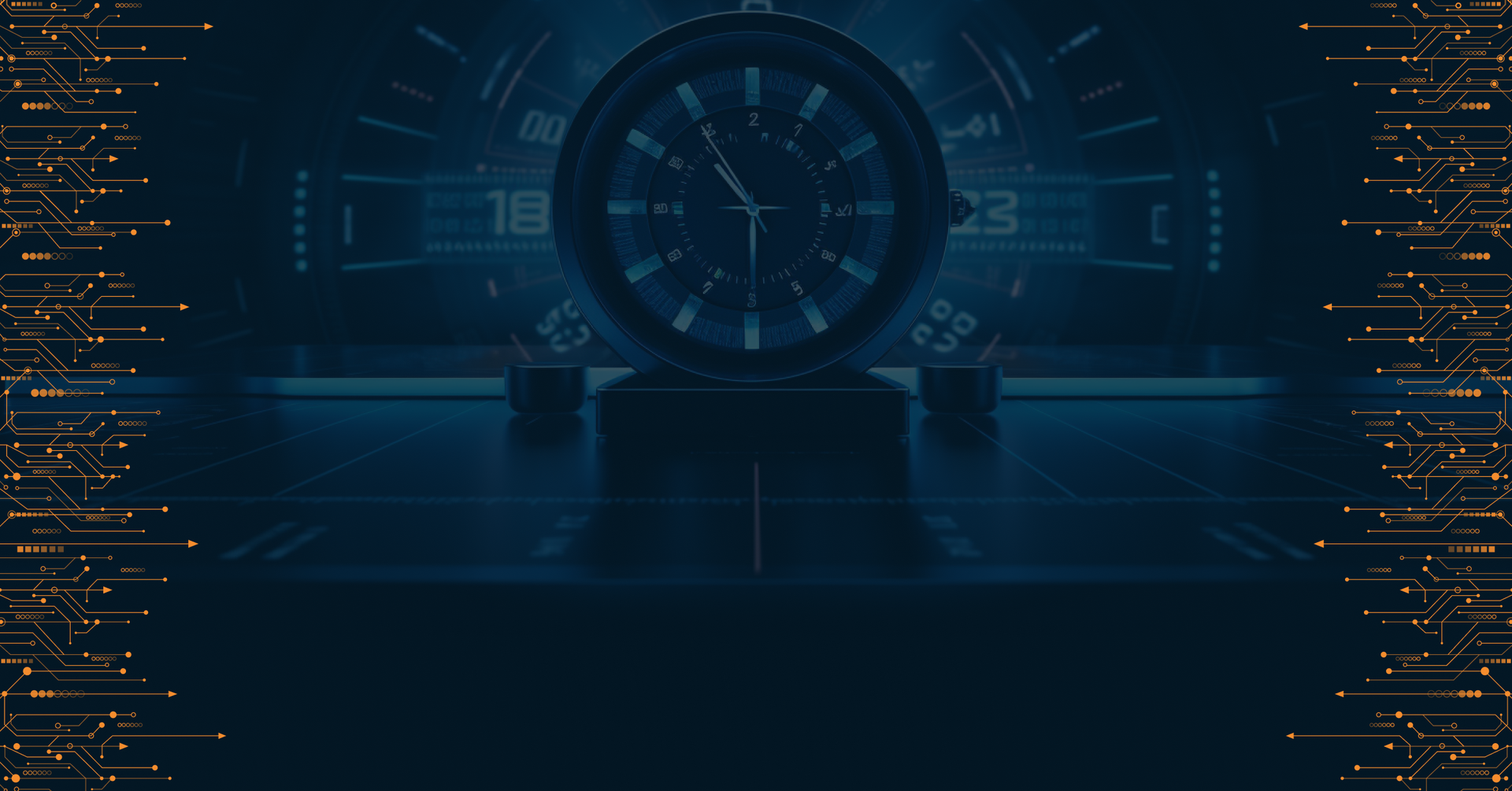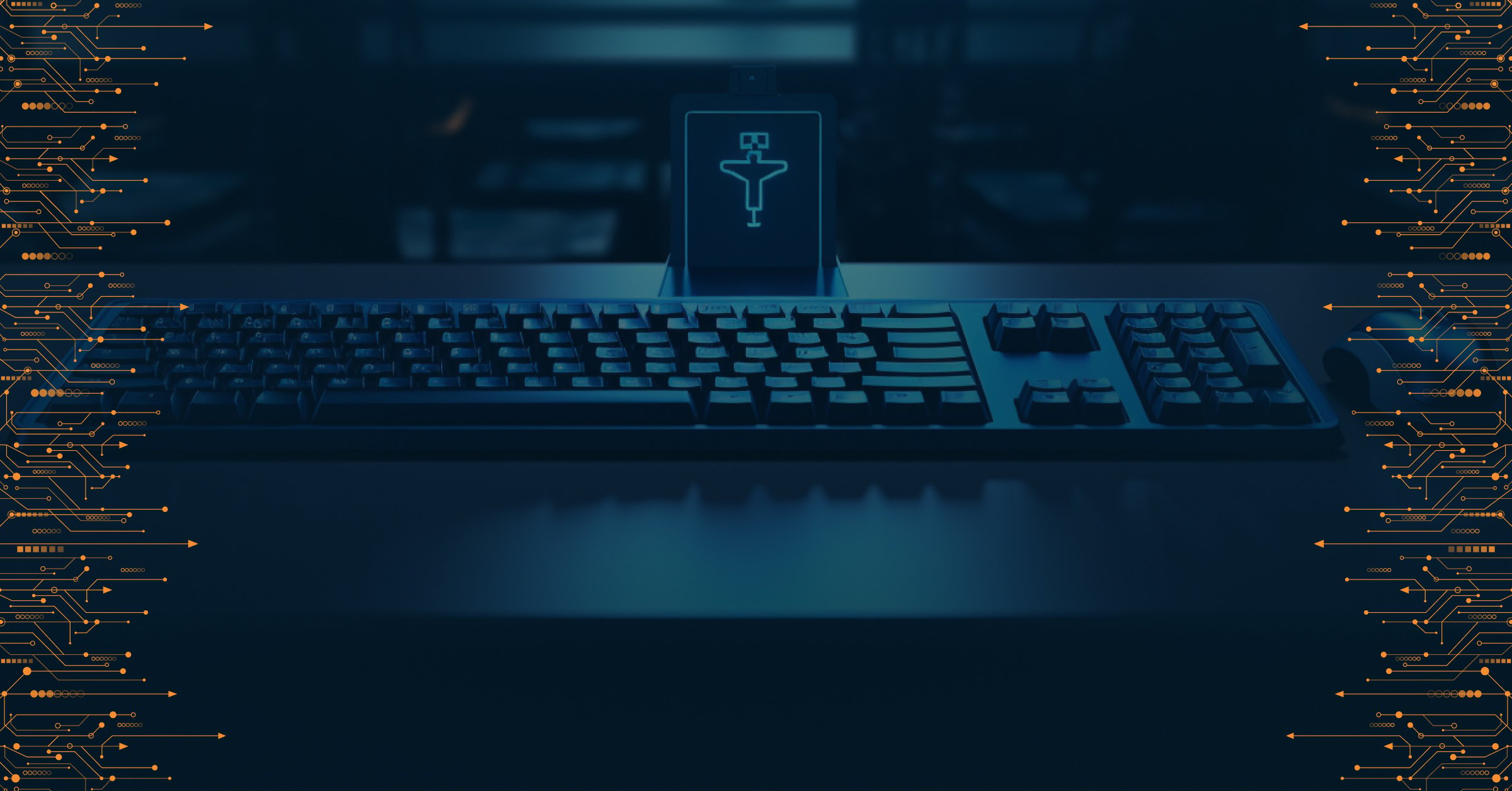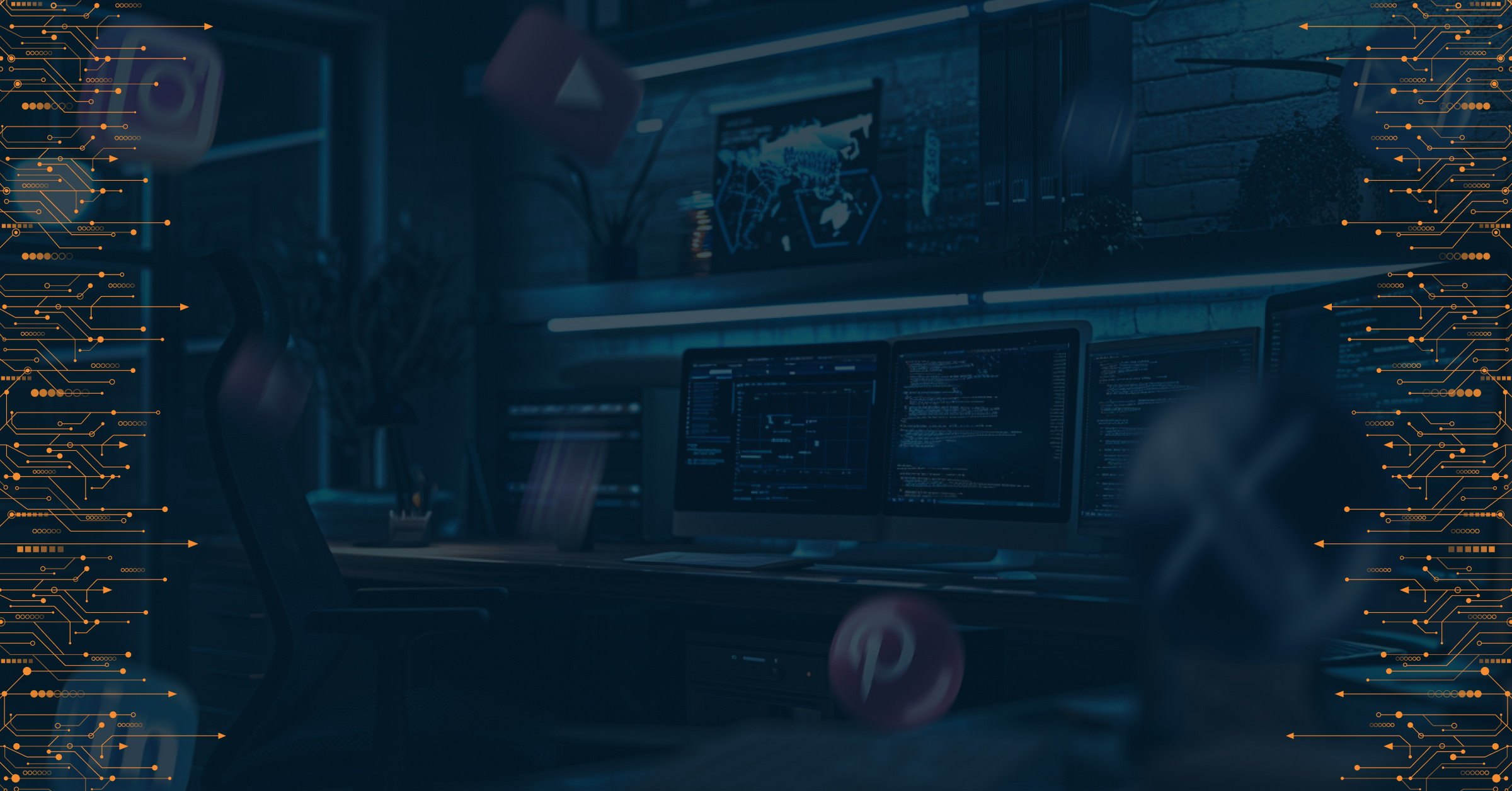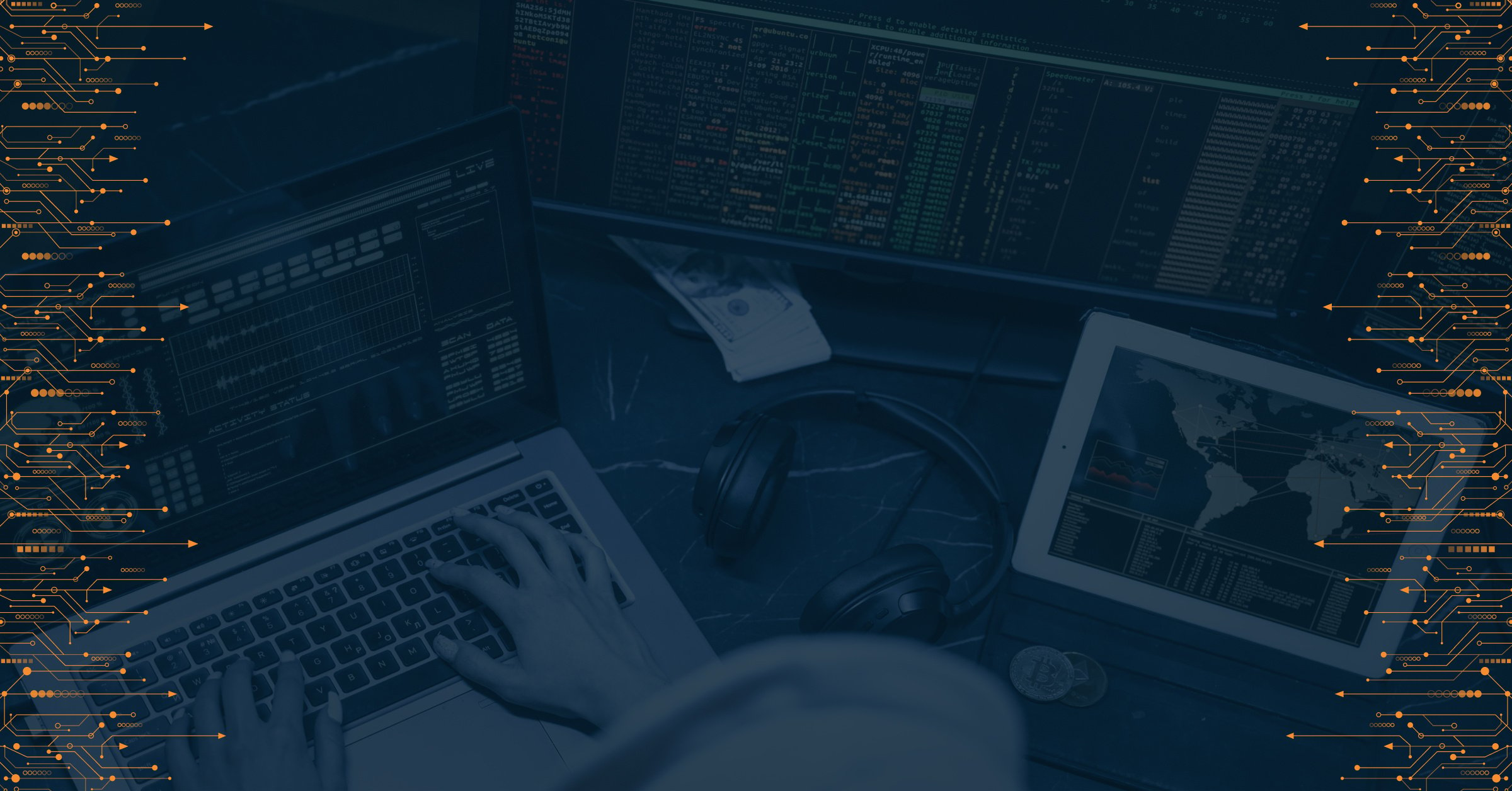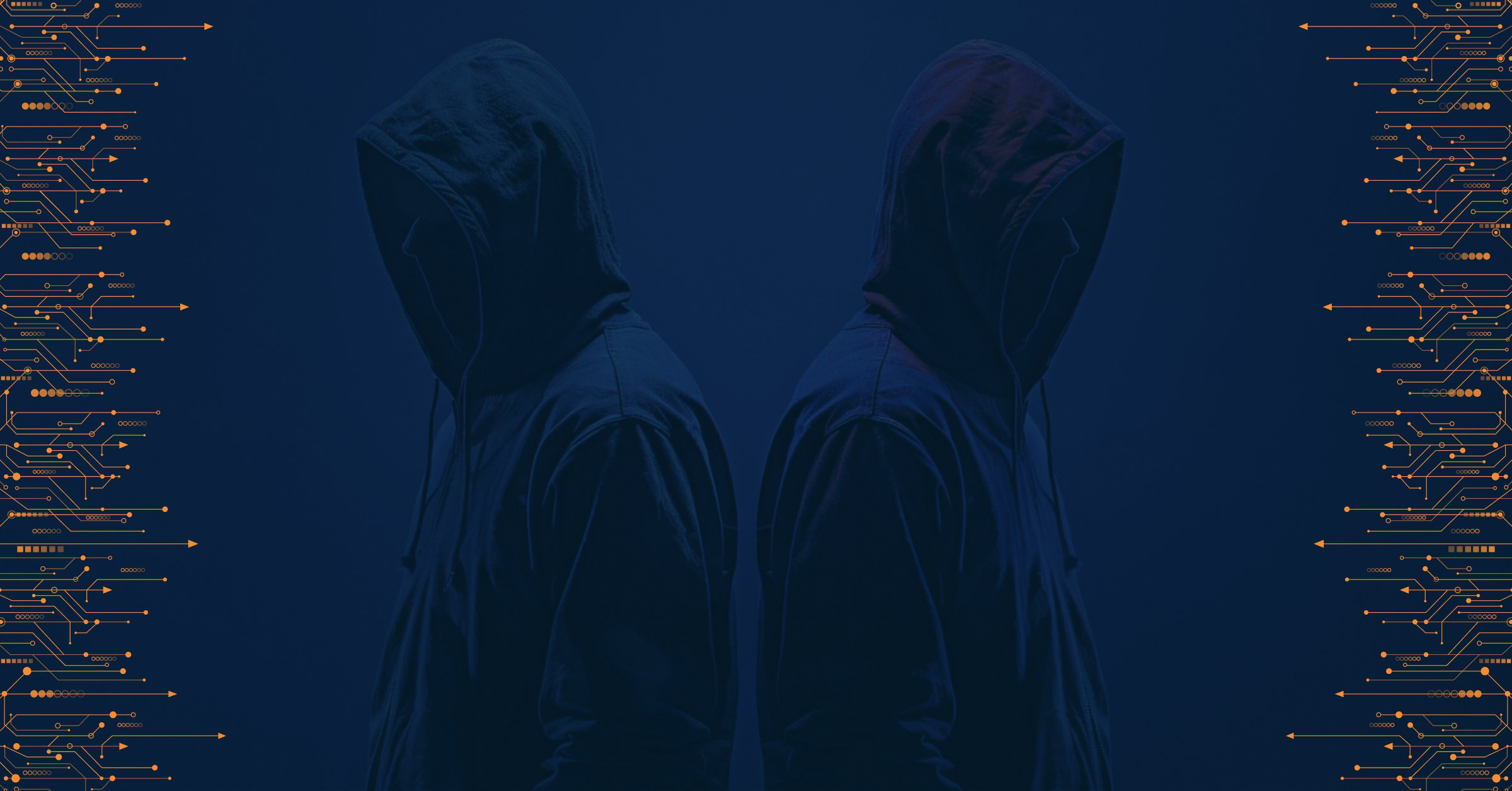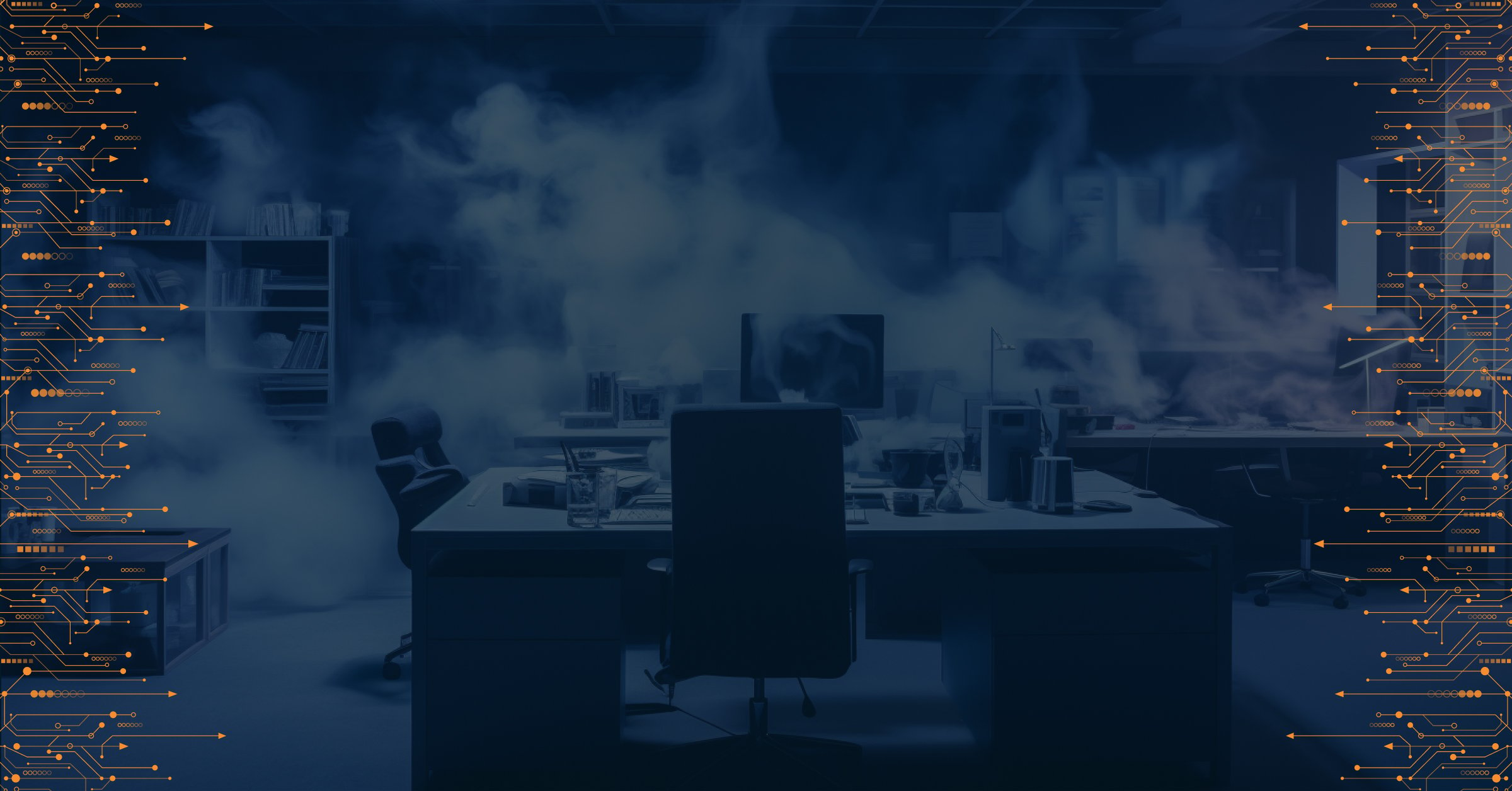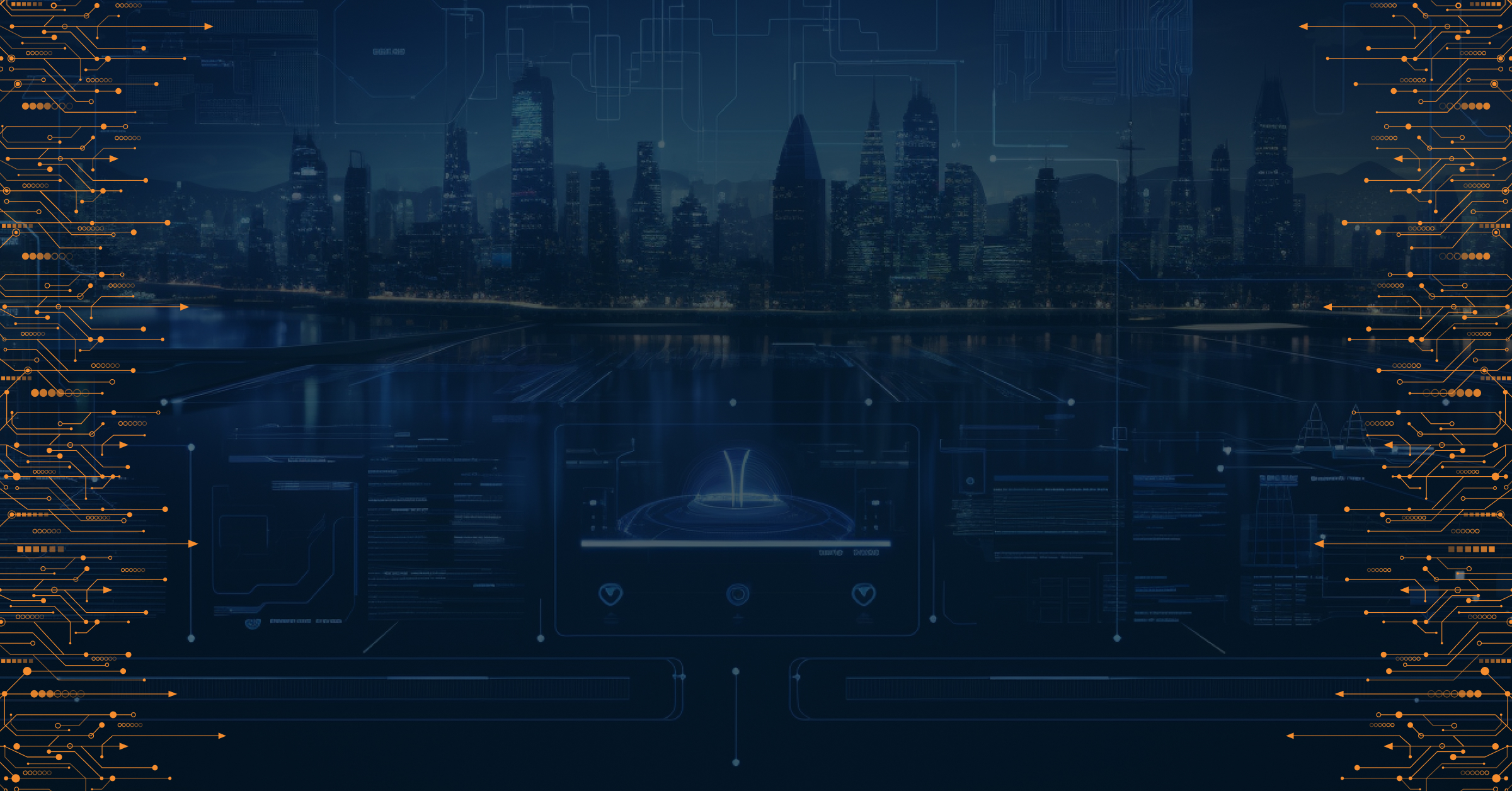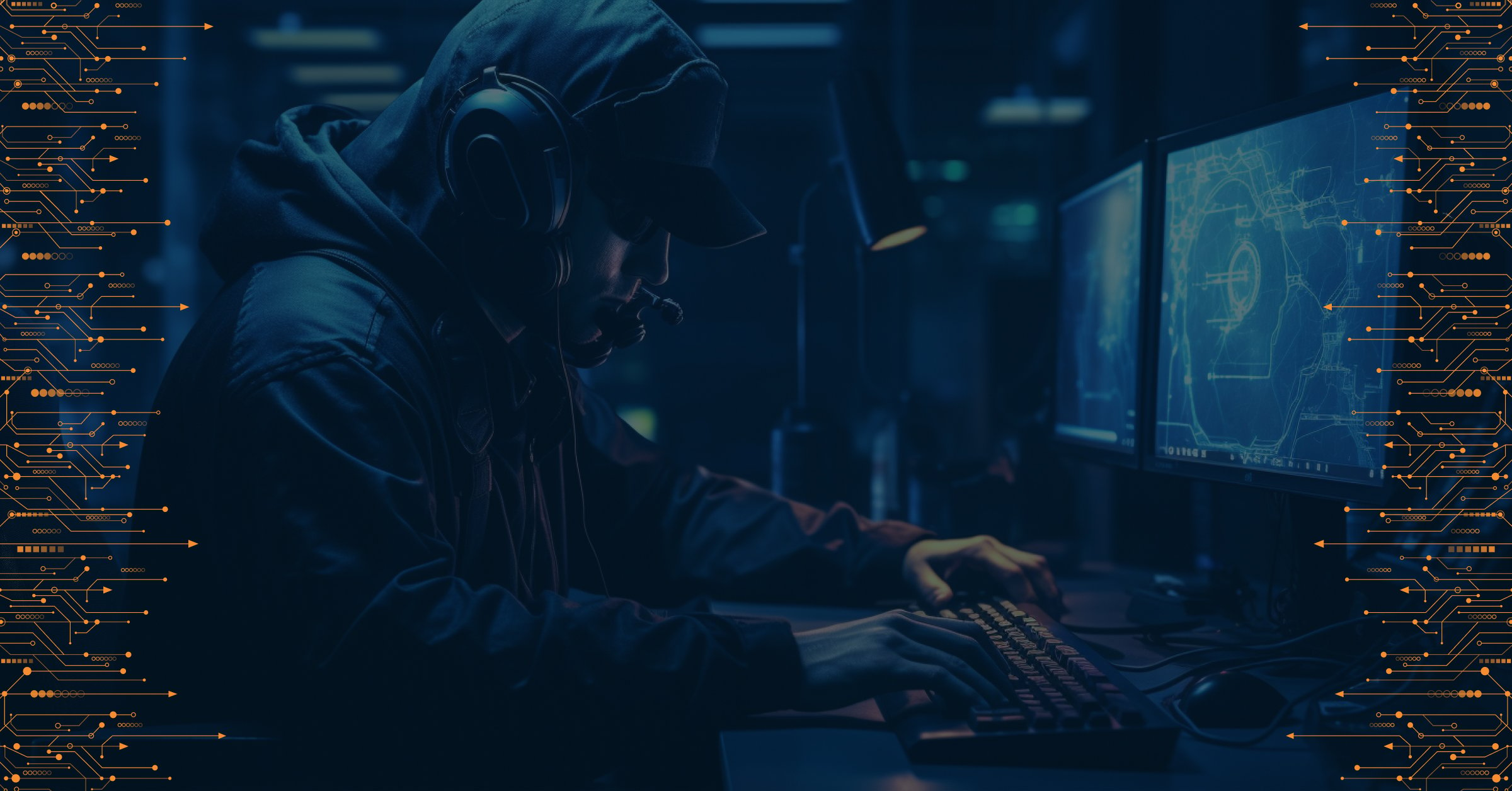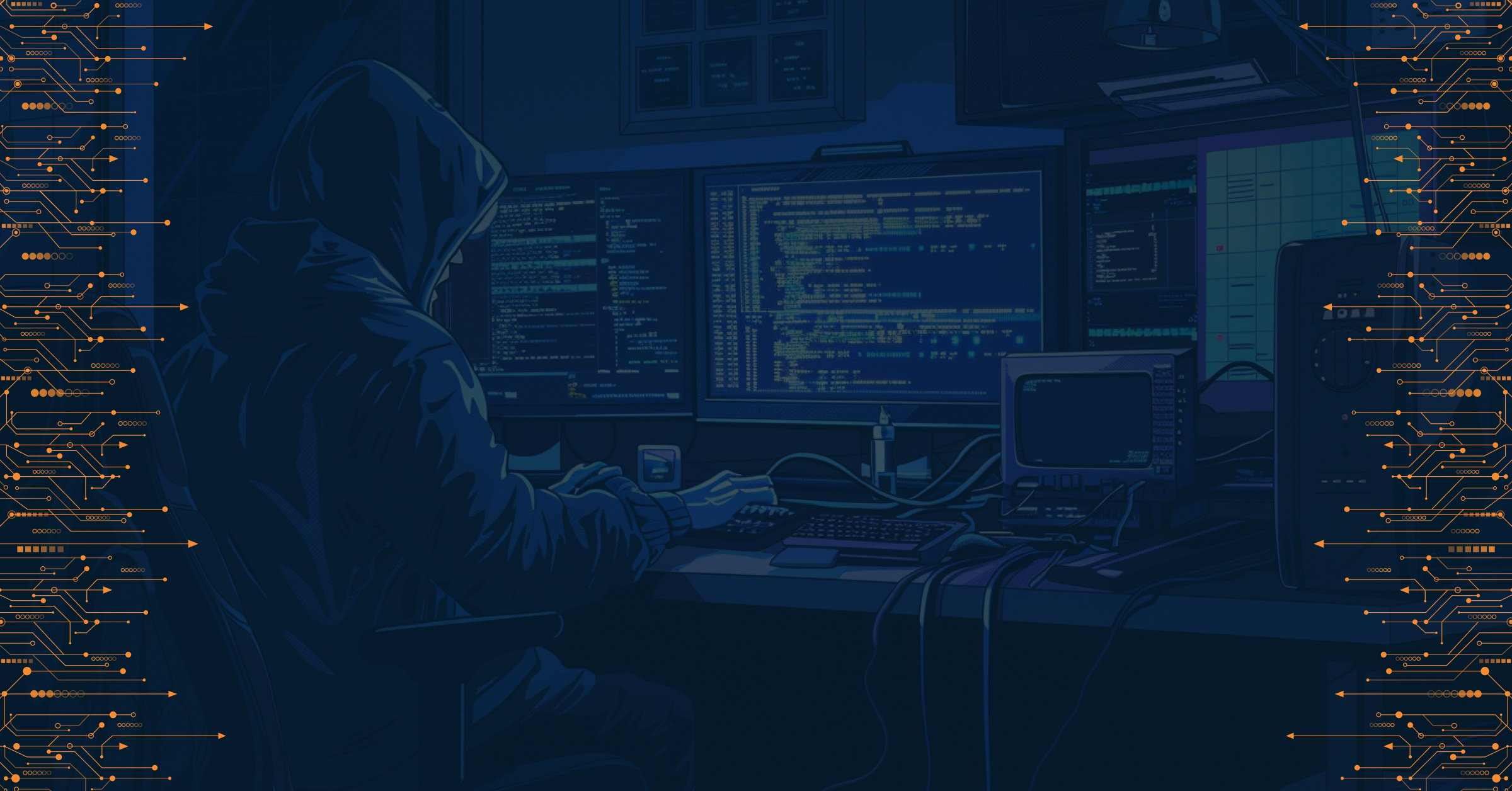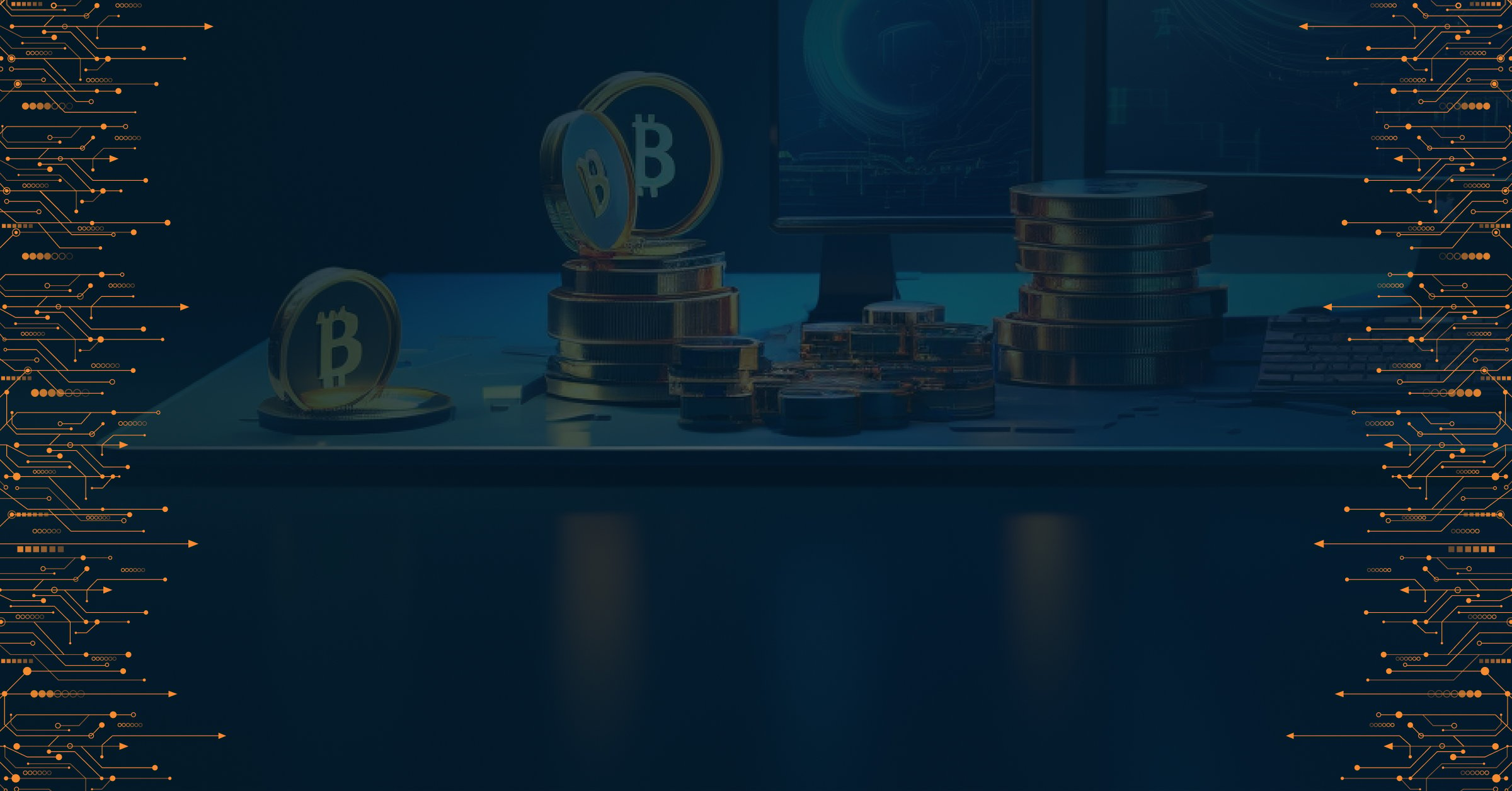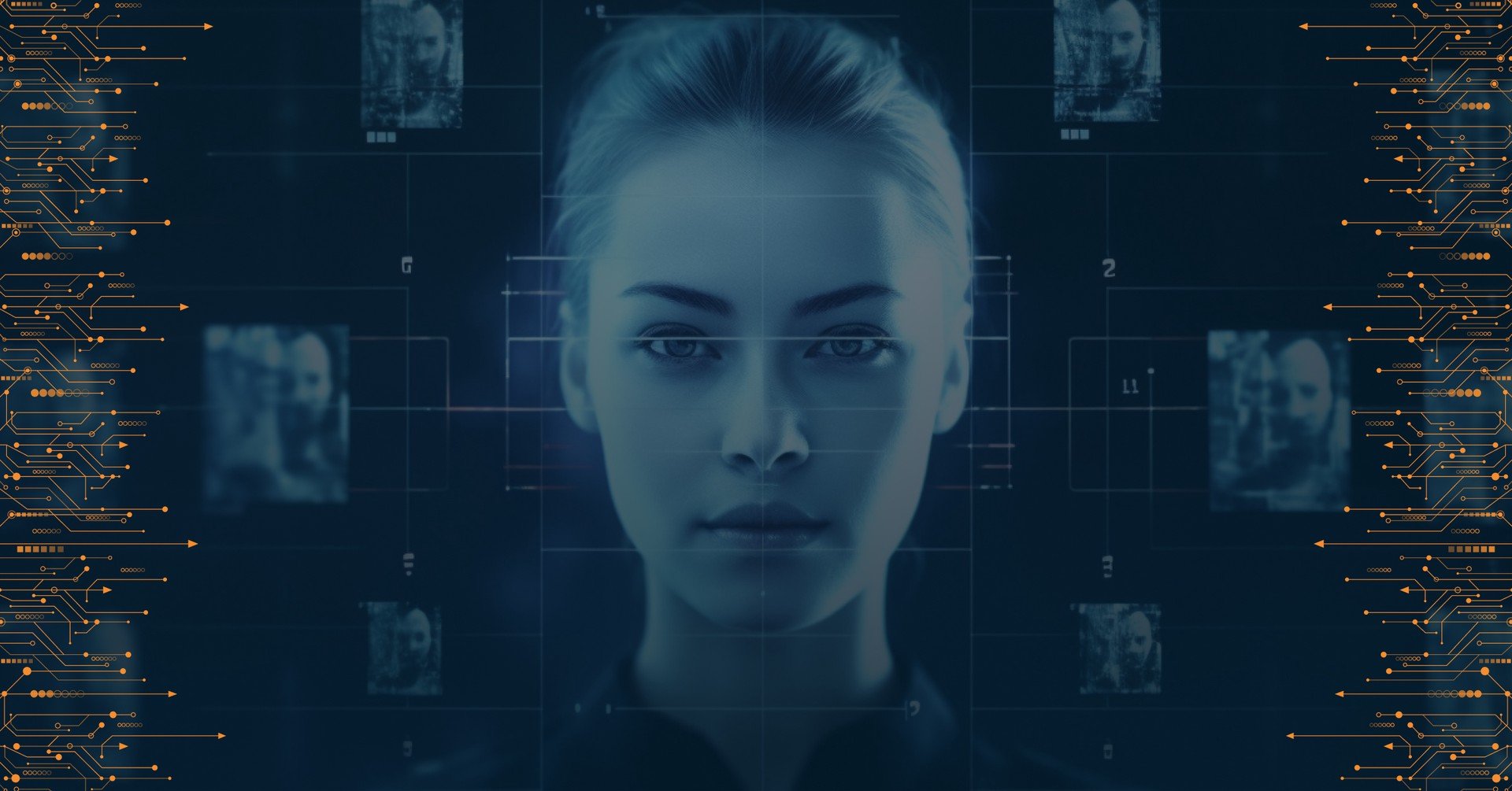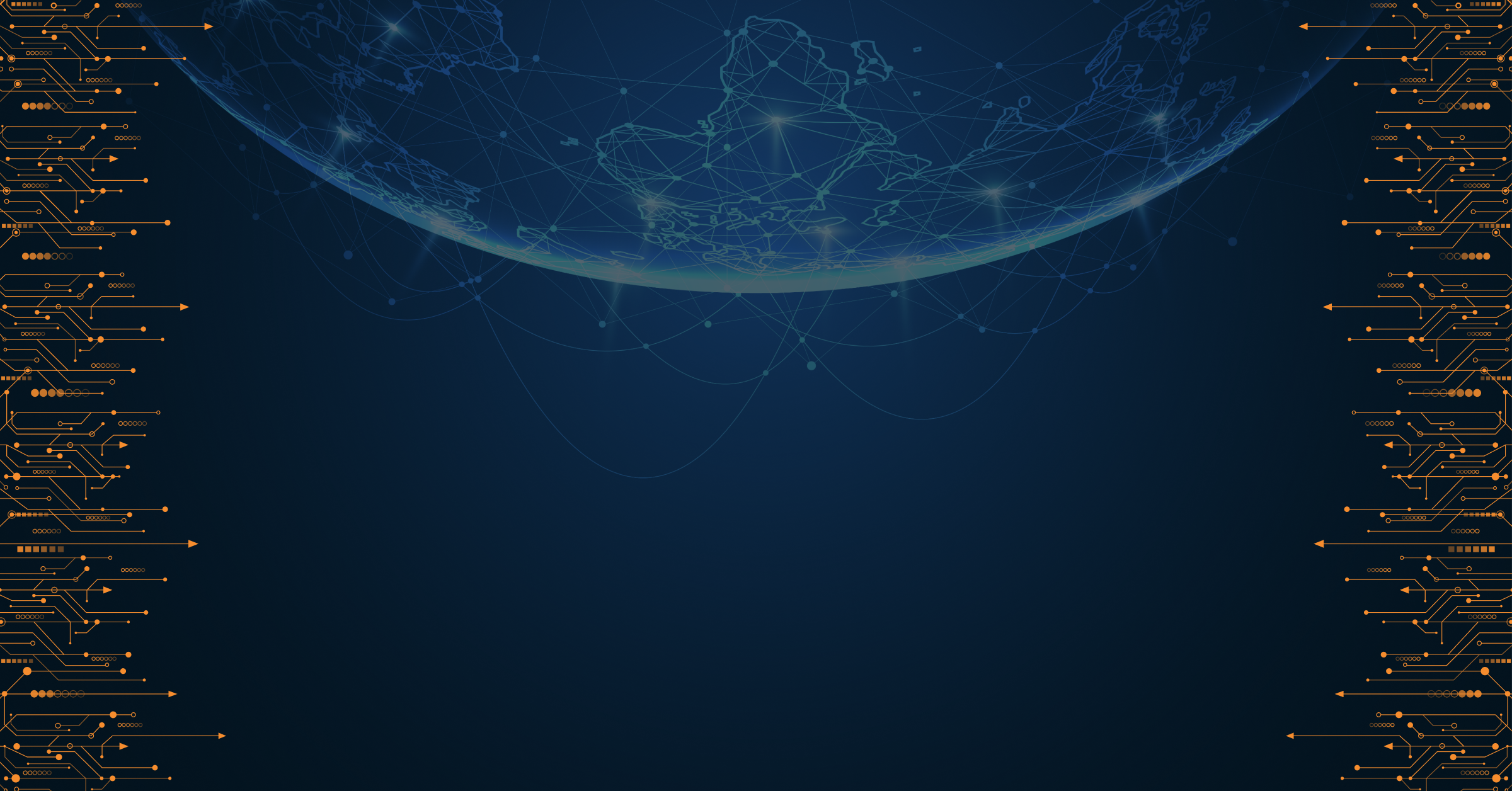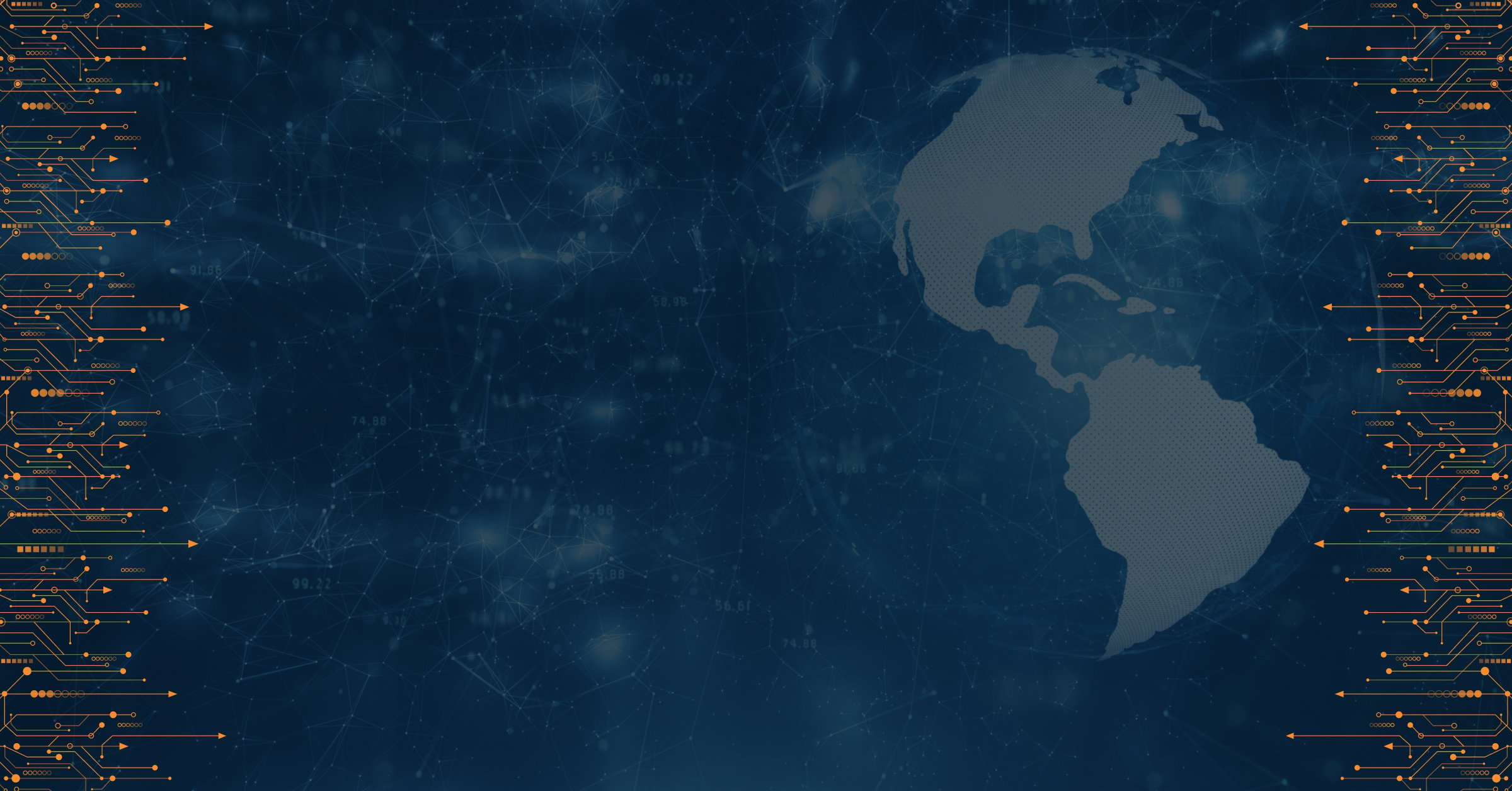Social media platforms rule the world as people from all walks of life use it. It doesn't matter which part of the globe you're from, you most likely have some experience with social media (or they constitute a big part of your life).
Around 92.7% of internet users are using social media platforms these days. The frenzy of staying connected via the social network has changed the way we spend our daily lives.
However, this interconnectedness comes with a dark side: the spread of misinformation, cyber threats, and social polarization, all of which can negatively impact our mental well-being.
Cybersecurity Challenges of Social Media
Why are cybercrimes more prevalent on social media platforms? One key reason social media is a breeding ground for cybercrime is the blurring of lines between factual and fictional information. These platforms allow anyone, including employees within your organization, to share a wealth of personal information through casual posts and reels.
Popular platforms like Meta (Facebook, WhatsApp, Instagram), LinkedIn, and Twitter facilitate this easy flow of information, making it a goldmine for attackers.
This easy access to social media content helps cybercriminals by providing opportunities. Attackers can exploit your information for phishing scams and other malicious purposes, leading to cyber theft and cyberbullying.
This article aims to unlock the cybersecurity pitfalls in the context of social media platforms. Popular real-life scenarios of social media platforms like Meta, TikTok, Twitter, YouTube, and LinkedIn have been incorporated to address this critical topic.
Checkpoints to Prevent from Cybercrimes
What are the Cyberbullying methods used by attackers? You can identify cybercriminals by employing these ways in their malicious actions:
- Cyber hackers can use software like ransomware to harass and steal money. The attackers have mastered violating the copyright infringement policy. However, several precautions can protect you from the attackers and it is advised that you do not open any links showing urgency or a sense of help.
- The spelling errors and grammatical mistakes in messages are red flags. Attackers may use high-resolution images of brand elements and trademarks to give accurate and legitimate appeal to users. It's like the mafia. Their actions are organized and functional. Social media influencers and companies are at risk because of their high website trafficking. Cybercriminals can hack or further compromise their accounts.
- Catfishing is a new form of cyberbullying. Attackers pretend to be celebrities or high-profile figures to attract the victim. The victims often fall for the pretence of romantic relationships or any other emotionally driven activities and tend to lose money in the process.
- Sextortion is a big alert for social media users. In this type of internet bullying, the attackers create images that are further used in blackmail. The imposters use these edited pics (or the pictures they obtained by hacking the user’s private accounts or devices) to harass the victims for ransom.
- Fake sponsor posts are another type of cybercrime. Offenders send messages about sales discounts and promotion schemes. The links attached to these messages carry bugs or malware that can harm your encrypted data, or lead to the compromise of your credit card information.
Meta Platforms and Cyber Victimization
Why are meta-platforms exposed to cyber threats more? Almost all social media platforms do not safeguard the users' confidentiality and safety. Facebook disclosed that it has been encountering unprecedented cybersecurity threats. In 2018, FB content was exposed to multiple bugs and due to cyber threats, FB has seen a drop in its users from 90 million to 55 million. It retained only authentic and verified user data.
The remaining 40 million FB data were malicious and invalid. They also disclosed that cybercriminals can detect third-party FB accounts. Attackers may send messages about terms and conditions to check the username and passwords. Social media users need to be steadfast and cautious while sharing their personal and private information. However, despite the high data encryption, the vacuum in FB design allows the leakage of confidential information.
What do we mean by copyright violation on Meta platforms? Instagram's infringement policy can deactivate accounts if they repeatedly violate users' confidentiality. However, loss of access to the Instagram profile can cause havoc for users. Cybercriminals can use this opportunity and steal such lost account data, for example by employing phishing tactics.
These phishing attempts aim to take over the details of lost accounts. It's like the ransom emails you sometimes get about your Instagram profile that do not come from the company. There are several links attached to those phishing emails that can be harmful and deceitful. Cyber victimization is spread through phishing campaigns, which can present a breeding ground for attackers.
TikTok, LinkedIn, Twitter, YouTube and Cybercrimes
Why do TikTok accounts breach privacy easily? Nowadays, almost every other person is on TikTok and shares their daily routines. But do you know about the pitfalls of this social media platform? TikTok collects a wide range of user data, including location information, browsing history, and even device identifiers. This data collection raises concerns about what the platform does with this information and who it might be shared with.
There have been questions about where user data is stored and how secure it is. Some worry that because the parent company, ByteDance, is based in China, user data could be accessed by the Chinese government. This is a particular concern for some governments, like those in the EU.
In 2023, EU lawmakers banned TikTok from government-issued devices due to security concerns. This is a sign of the growing worries about the platform's data practices.
Why is TikTok included in the “Dirtydozen” apps? Hackers use the audience profiles by pretending to be legitimate entities. TikTok accounts require an email address, cell number, and Payment methods. Hackers can hijack this private information to steal money. These cybercriminals then ask users to give them ransom money to take back their accounts. Common tactics for hacking TikToks are phishing, social engineering, and software vulnerabilities. The TikTok app has a weak HTTP connection, and this aspect has caused leakage of data and access to several profiles. The National Centre on sexual exploitation in the USA reported "Dirty Dozen" in May 2021, with the TikTok app included. The inappropriate and unmonitored exchange of views is another detrimental consequence of this app.
How are LinkedIn accounts hijacked by cybercriminals? LinkedIn does not support the recovery of breached accounts and attackers can therefore use the leaked LinkedIn credentials. However, LinkedIn's chances of data privacy violations are lower due to its two-factor authentication. LinkedIn accounts are exposed to social engineering, catfishing, and job offer scamming. These frauds have earned multi-million dollars in the form of “cyber-heists”, with nearly 20 million LinkedIn accounts that have been hijacked during the pandemic. The frequency of cyber-heists has been exponentially rising.
How many Twitter accounts have been compromised by cyberattacks so far? Compared to other social media platforms, Twitter and YouTube platforms might have fewer loopholes for threat actors in theory but that does not mean they are 100% secure in practice (and none are, really). YouTube accounts can be used to reach a wide range of audiences, and malicious parties have been hijacking high-profile YouTube channels for ransom. Moreover, stealing YouTube channels can be used to commit cryptocurrency scams.
Conclusion
Social media is there to keep us connected to the world, but at what cost? From the time we create an account by sharing our details to the moment we share our life events, we are giving information to social media platforms. But have we given a thought to how these social media platforms can (mis)use our information?
The constant information sharing from our sides can lead us to open up security vulnerabilities that we are not aware of. The data we willingly and sometimes unknowingly share by using social media makes us vulnerable to identity theft, phishing attacks, and even social engineering scams.
If you want to be safe from these atrocities of social media platforms, you must be aware of what's happening with your data in this age of the internet.
If you want to explore more about how to protect yourself and your organization, be a part of PRODAFT's threat intelligence journey, where you get every cybersecurity industry-specific news, trends, and other resources. Take the time to educate yourself – after all, knowledge is power.

PRODAFT Team
Stay up to date
Browse Posts
Browse by topics
- Cybercrime awareness (15)
- Cybersecurity for Businesses (10)
- Risk management (7)
- Cybersecurity Tips (6)
- Digital safety (6)
- Proactive Threat Intelligence (6)
- Cyber threat protection (5)
- Cyberattacks (5)
- Risk intelligence (5)
- Threat Prevention (5)
- Data Protection (4)
- Network Security (4)
- Phishing (4)
- Supply chain risks (4)
- TTPs (4)
- Artificial intelligence (3)
- Critical network infrastructures (3)
- Malicious websites (3)
- Malware (3)
- Social engineering (3)
- Data breaches (2)
- Insider Threats (2)
- NIS2 Directive (2)
- Ransomware (2)
- CISOs (1)
- Cryptocurrencies (1)
- Cyber espionage (1)
- Cyber extortion (1)
- Cyber fraud (1)
- Cybersecurity Collaboration (1)
- DDoS Attacks (1)
- Deepfakes (1)
- DoS Attacks (1)
- Fake social media (1)
- Incident Response (1)
- Internet of things (1)
- Money Laundering (1)
- Multi-factor authentication (1)
- One-day vulnerability (1)
- Remote Work (1)
- Stealers (1)
- SystemBC (1)
- The Cyber kill chain (1)
- Threat Intelligence solutions (1)
- Tor browser (1)
- Traffic Distribution System (1)
- Zero-day vulnerability (1)
- dark web (1)
- deep web (1)
- keyloggers (1)
- social media (1)
- spoofing (1)
- threat detection (1)

